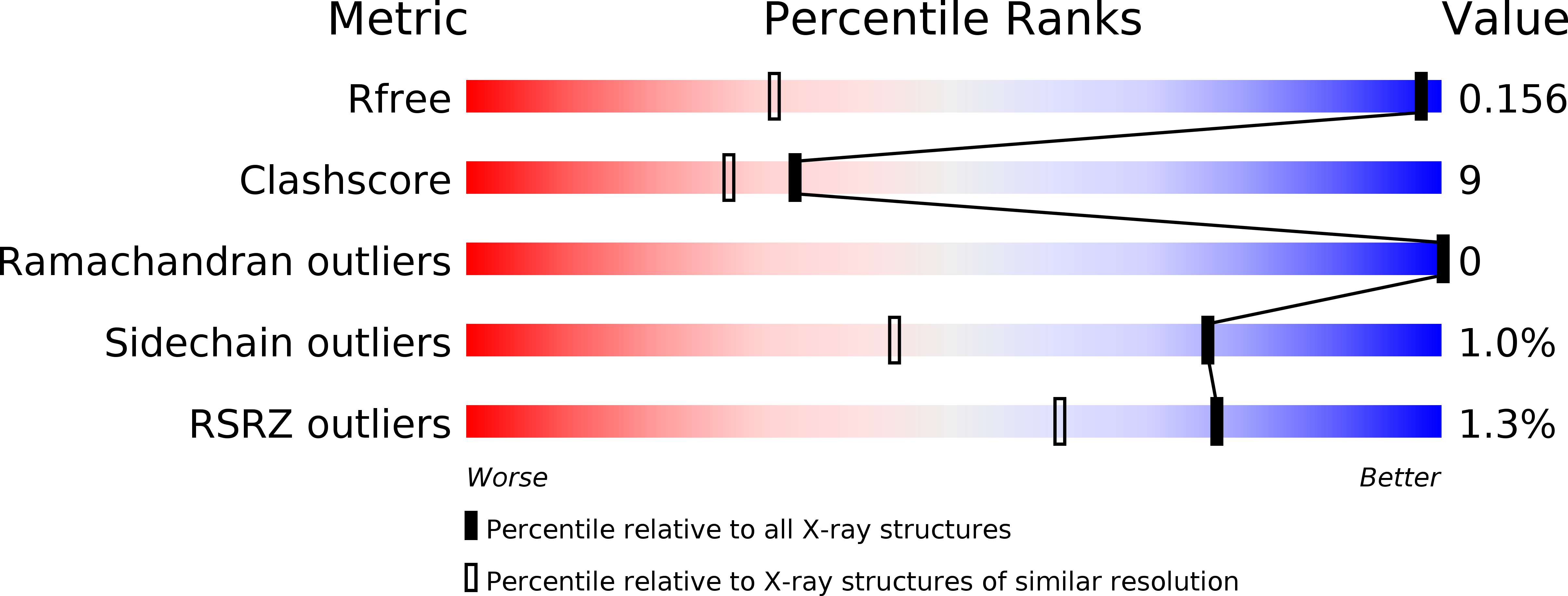
Deposition Date
2009-10-07
Release Date
2010-05-12
Last Version Date
2024-11-06
Entry Detail
PDB ID:
2WUR
Keywords:
Title:
Atomic resolution structure of GFP measured on a rotating anode
Biological Source:
Source Organism:
AEQUOREA VICTORIA (Taxon ID: 6100)
Host Organism:
Method Details:
Experimental Method:
Resolution:
0.90 Å
R-Value Free:
0.17
Space Group:
P 21 21 21


